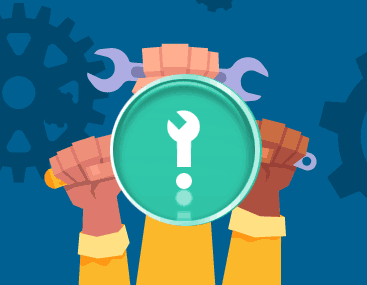Sump Pump Care and Maintenance Tips

A sump pump holds an essential part in keeping your residence secure and safe. Appropriate maintenance will keep your sump pump performing for many years, function appropriately, and prevent pricey damage from water damage due to water damage. We will go over the basics of performing sump pump maintenance as well as a number of tips to keep your sump pump comfortably functioning.
Discover Different Types of Sump Pumps to Protect Your Home
Submersible and pedestal sump pumps are essential for commercial and residential locations susceptible to high water tables or flooding. These systems help direct water away from the foundation of a building, preventing costly damage caused by moisture accumulation.

A submersible sump pump and a pedestal sump pump are two types of sump pumps used to remove excess water from a sump basin. However, there are key differences between the systems:
- Location: A submersible sump pump is located inside the sump basin and is completely submerged in water. A pedestal sump pump is located outside of the basin and sits on a pedestal above the water level.
- Noise: Submersible sump pumps are usually quieter than pedestal sump pumps, as the motor and pump are both located inside the basin, surrounded by water.
- Maintenance: Submersible sump pumps typically require less maintenance than pedestal sump pumps, as they are not exposed to the air and are less likely to suffer from corrosion or clogging.
- Cost: Submersible sump pumps tend to be more expensive than pedestal sump pumps, as they are more complex and have more components.
- Power: Submersible sump pumps are typically more powerful than pedestal sump pumps, as they can generate more suction due to their location inside the basin.
- Life span: Submersible sump pumps usually have a longer lifespan than pedestal sump pumps, as they are less likely to suffer from wear and tear due to exposure to air and other environmental factors.
Ultimately, the choice between a submersible sump pump and a pedestal sump pump will depend on your specific needs, including the size of your sump basin, the amount of water you need to remove, and your budget.
Keep Your Sump Pumps Working with Crucial Drainage Maintenance
Sump pumps are essential for proper water drainage in most homes. Sump pumps sit at the lowest point of a home, usually in the basement, and drain water that collects there from surface runoff or high ground water levels. The sump pump then pumps this water out of the basement and away from the home. To ensure proper drainage, it's important to clean and maintain their sump pumps.
Cleaning your sump pump should be done on an annual basis, as well as after any major flooding events. A simple cleaning consists of removing debris that may have collected in the basin and ensuring that all intake screens are free of blockages and dirt. Additionally, it's important to check that all hoses and pipes connected to the sump pump are securely fastened and not leaking.
Protect your Basements from Water Damage - Identifying Sump Pump Issues
- Clogs: Thoroughly cleaning the inlet screen can help solve problems with inefficient or absent sump pump activity. Additionally, you can check the discharge pipe of any clogs to ensure proper functioning.
- Backflow Valve: The backflow valve prevents water from flowing back toward the sump pump and contaminating the clean water. If the valve is defective, water can flow back toward the pump, causing damage to the motor and other vital components.
- Overheating: If the sump pump runs for too long without taking a break, it may trigger overheating. To solve this problem, it is advised that a secondary pump take over when the primary pump reaches a specific temperature.
- Power Outage: If your sump pump operates on electricity, the loss of power could cause the pump to stop functioning. To prepare for power outages, consider installing a secondary power supply, such as a battery backup, to keep the pump running.
- Alarm Issues: If your sump pump has an alarm, it is important to promptly resolve any alarm issues. Check the alarm battery, wiring, and sump pump for any issues.
- Float Switch Problems: The float switch is what activates the sump pump to turn on and turn off. If the float switch isn't working properly, the pump may not turn on or off at the right time. To correct this, you may need to replace the float switch or adjust its position in the basin.
In conclusion, sump pump maintenance is an important part of home ownership that should not be taken lightly. Regular inspections and repairs will keep your sump pump running efficiently and prevent costly damages. Be sure to check the sump pit and discharge pipes for any clogs or debris, as well as check the float switch for proper operation. Inspect the power cord for signs of wear and tear, and make sure all the parts are in good working condition.

What our clients have to say
I was able to get plumbing service the same day when I needed it. The repair was done with great care and attention to detail. I also received lots of very useful and relevant advice. I have now dealt with them on 2 separate occasions and would not hesitate to contact them again. Highly recommended!




